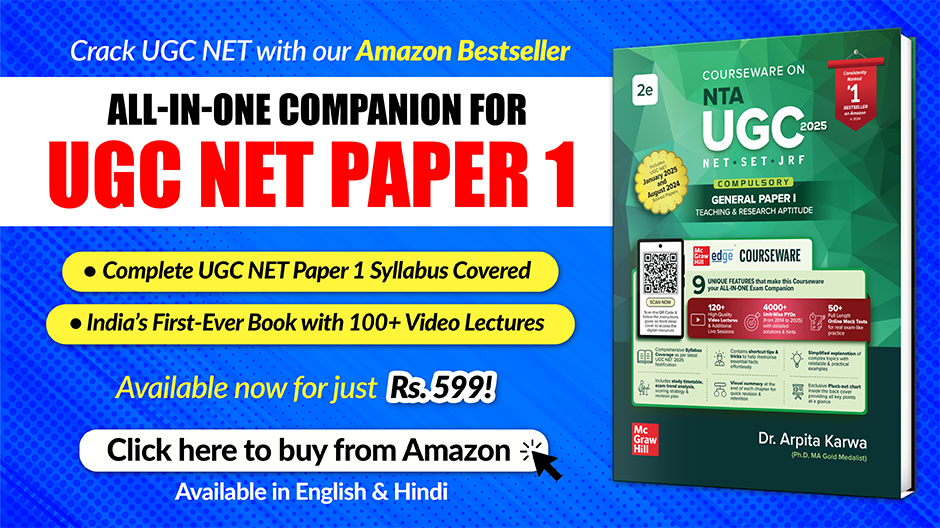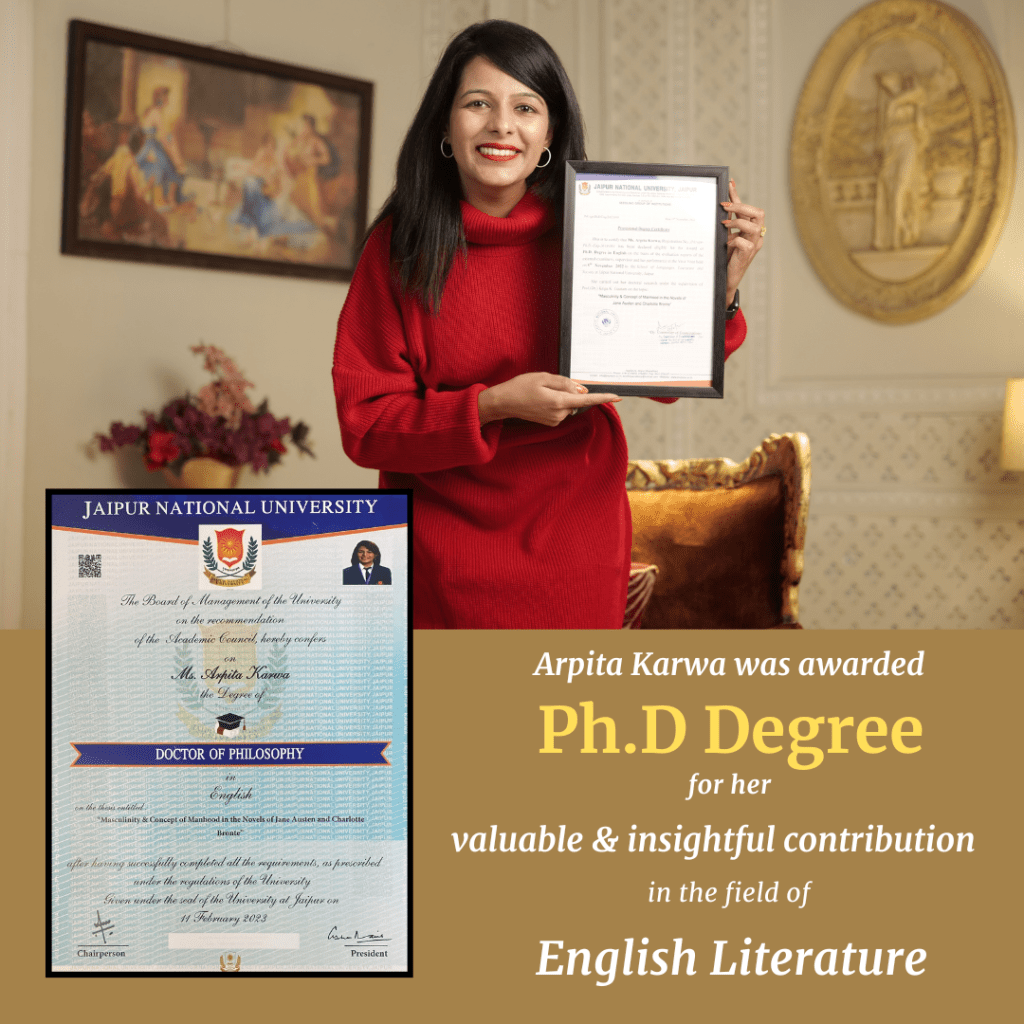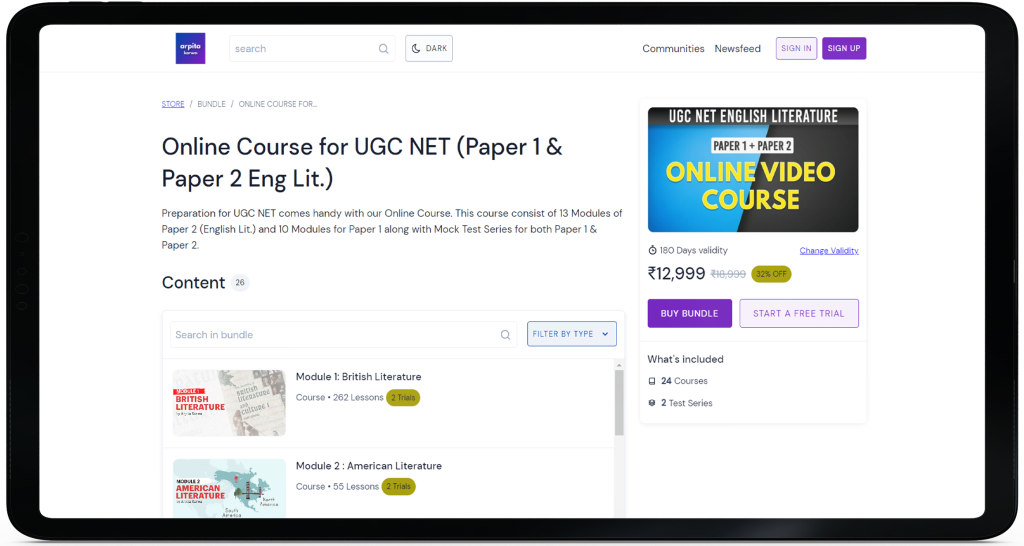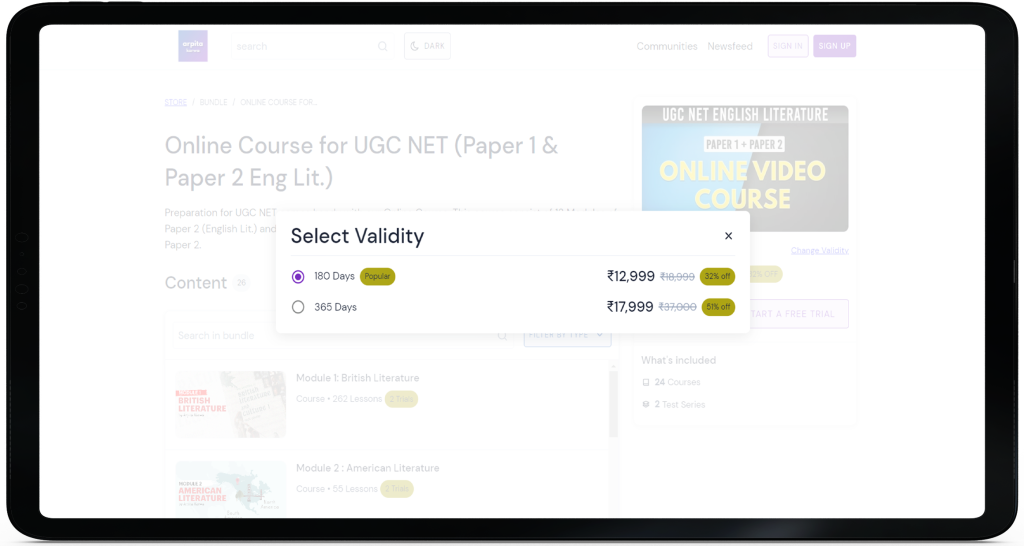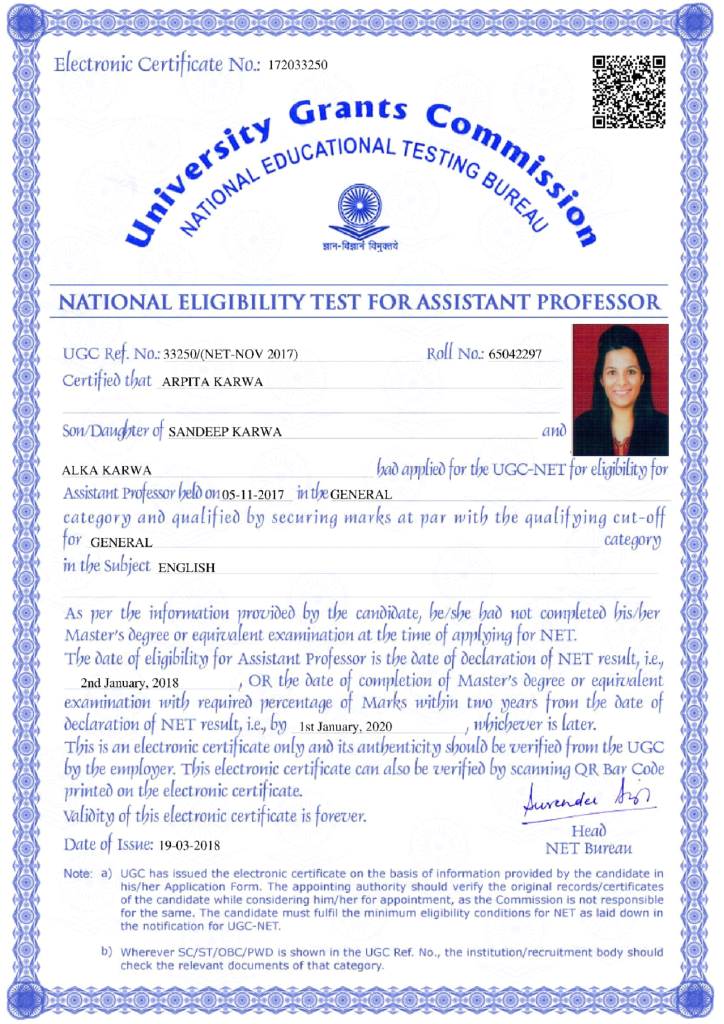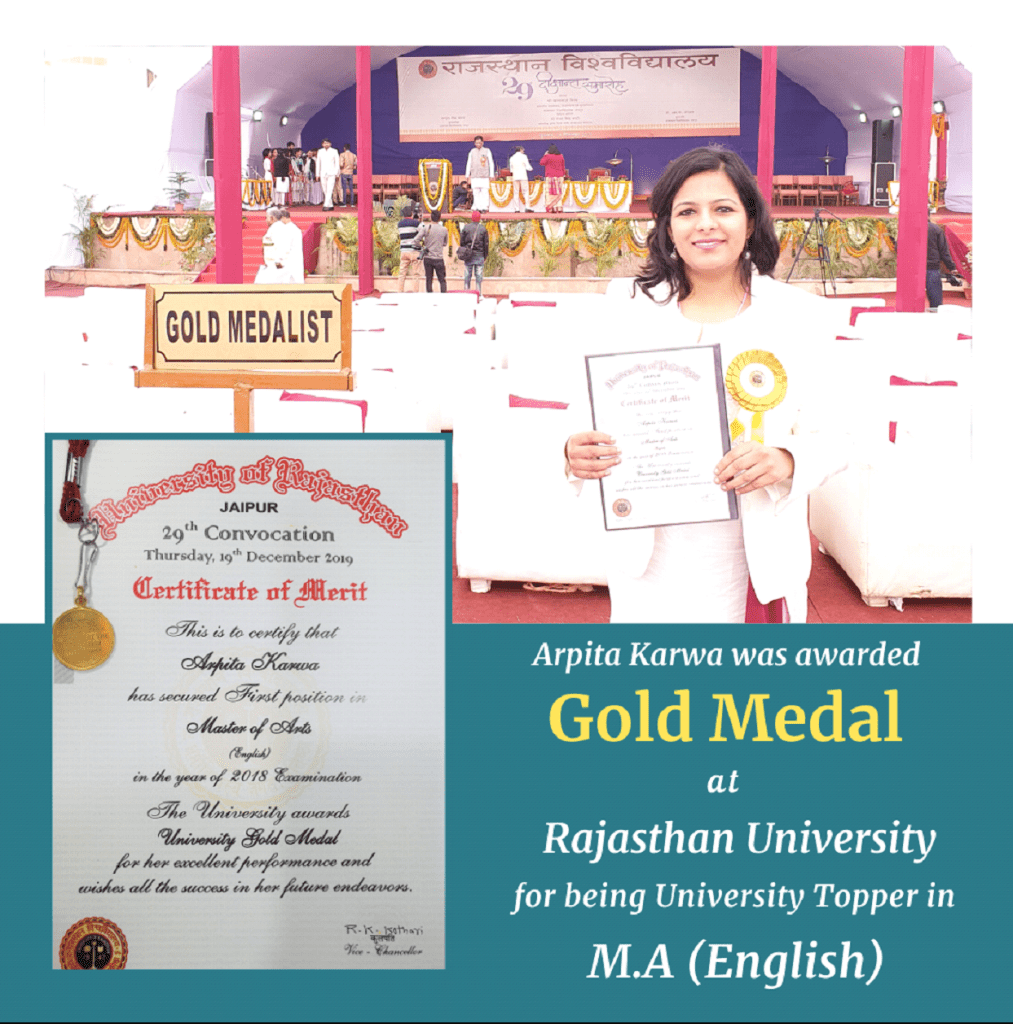UGC NET Paper 1 November 2020 (Conducted on 5th November 2020 : Morning Shift)
October 18, 2022 2025-08-18 14:08UGC NET Paper 1 November 2020 (Conducted on 5th November 2020 : Morning Shift)
November 2020: Paper 1 (Conducted on 5th Nov 2020 : Morning Shift)
Q.1-5)
Q.1) Which disease occupies highest number of beds in all the hospitals?
[1] Heart Disease
[2] Viral Disease
[3] Kidney Disease
[4] Liver Disease
Correct Answer: 2
Q.2) What is the total percentage of unutilized beds?
[1] 19.44%
[2] 17.66%
[3] 16.66%
[4] 15.44%
Correct Answer: 3
Q.3) What is the percentage of Liver disease patient admitted in all the hospitals from the total patients admitted?
[1] 15%
[2] 16%
[3] 18%
[4] 14%
Correct Answer: 4
Q.4) What is the ratio of patient admitted for viral disease to kidney disease?
[1] 9:4
[2] 7:4
[3] 8:3
[4] 10:4
Correct Answer: 1
Q.5) What is the ratio of total patients admitted to Hospital A to Hospital B?
[1] 19:7
[2] 17:7
[3] 18:7
[4] 7:17
Correct Answer: 3
Q.6) What is the focus of concern in understanding level teaching?
[1] Promotion of scope for seeking of relationship among facts and ideas.
[2] Encouraging recall and recognition of facts and information.
[3] Raising of problems and seeing solutions to problems so presented.
[4] Developing a sense of happiness and ownership in learning.
Correct Answer: 1
Q.7) Which of the following emotional characteristics are of crucial significance in adolescent learning?
[1] Feeling of group belongingnes
[2] Hero-worship and sentiments
[3] Expanding emotional ties with those in the neighbourhood
[4] Dependence processes and making friends
Correct Answer: 2
Q.8) During teaching when a teacher uses process questions which of the following types will have dominance?
(A) Direct questions
(B) Higher-order questions
(C) Convergent questions
(D) Indirect questions
(E) Concept-based questions
[1] (A), (B), and (C) only
[2] (B), (C), and (D) only
[3] (C), (D), and (E) only
[4] (B), (D), and (E)only
Correct Answer: 4
Q.9) Statement I: Tutorials, group discussions and question-answer sessions are dialogic and are part of direct teaching methods.
Statement II: Project work, Laboratory work, simulation and role playing are action based and are part of indirect teaching methods.
[1] Both Statement I and Statement II are correct
[2] Both Statement I and Statement II are incorrect
[3] Statement I is correct but Statement II is incorrect
[4] Statement I is incorrect but Statement II s correct
Correct Answer: 1
Q.10) Statement I: Maximum performance tests are designed to assess the upper limits of the examinee’s knowledge and abilities.
Statement II: Typical response tests are designed to measure the behaviour and characteristics of examinees.
[1] Both Statement I and Statement II are correct
[2] Both Statement I and Statement II are incorrect
[3] Statement I is correct but Statement II is incorrect
[4] Statement I is incorrect but Statement II is correct
Correct Answer: 1
Q.11) Which of the following methods is used in empirical researches?
[1] Inductive method
[2] Deductive method
[3] Initiative method
[4] Scientific method
Correct Answer: 4
Q.12) When the independent variable is explored rather than manipulated, to observe the effect on dependent variable, the method of research is called,
[1] Ex-post facto method
[2] Experimental method
[3] Case study method
[4] Descriptive survey method
Correct Answer: 1
Q.13) Identify the qualitative research characteristics from the following :
(A) Exploring a problem and developing a detailed understanding of a central phenomenon.
(B) Having the literature review play a minor role but justifying the problem.
(C) Describing a research problem through a description of trends.
(D) Collecting numeric data from a large number of people using instruments with present questions.
(E) Collecting data based on words from a small number of individuals.
[1] ABC
[2] ABE
[3] BCD
[4] CDE
Correct Answer: 2
Q.14) Identify the probability sampling procedures from the following :
(A) Quota sampling
(B) Stratified sampling
(C) Dimensional sampling
(D) Cluster sampling
(E) Systematic sampling
[1] ABC
[2] BCD
[3] BDE
[4] CDE
Correct Answer: 3
Q.15) Statement I: In research, the ‘Null hypothesis’ when rejected, offers the scope for accepting the alternative or substantive research hypothesis.
Statement II: When the Null hypothesis is rejected, there will be chances for committing “Beta’ rather than ‘Alpha’ error.
[1] Both Statement I and Statement II are correct
[2] Both Statement I and Statement II are incorrect
[3] Statement I is correct but Statement II is incorrect
[4] Statement I is incorrect but Statement II is correct
Correct Answer: 3
Q.16) The entry of new media has made online learning :
[1] Secondary source based
[2] Dependent on personal sources
[3] Institution-centric
[4] Independent
Correct Answer: 4
Q.17) Removal of communication barriers in a classroom will result in
(A) Clear enunciation of specific instructional behaviours
(B) A climate of purposeful student interaction.
(C) Promotion of personality cult.
(D) The irrelevance of illustrative examples.
[1] AB
[2] BC
[3] CD
[4] AD
Correct Answer: 1
Q.18) Assertion (A): Repeating more and more the same message will make it important.
Reasons (B): ‘Don’t use two words when one will do’is the guiding principle that works.
[1] Both (A) and (R) are correct and (R) is the correct explanation of (A)
[2] Both (A) and (R) are correct but (R) is NOT the correct explanation of (A)
[3] (A) is correct but (R) is not correct
[4] (A) is not correct but (R) is correct
Correct Answer: 4
Q.19) Identify the correct sequence of phases in communication development :
(A) Acta Diurna
(B) Cave paintings
(C) Wooden blocks for printing
(D) Development of languages
(E) Metal printing
[1] ABDCE
[2] BDCAE
[3] CDEAB
[4] DEABC
Correct Answer: 2
Q.20) Match the column:
A. One-to-one
B. One-to-many
C. Man-to-many
D. One-to-none
I. Network (translational)
II. Intra-personal
III. Inter-personal
IV. Mass communication especially print
[1] A-I B-II C-III D-IV
[2] A-II B-III C-IV D-I
[3] A-III B-IV C-I D-II
[4] A-IV B-I C-II D-III
Correct Answer: 3
Q.21) What is the actual profit when the profit on selling price is 25%?
[1] 33.3%%
[2] 80.33%
[3] 25%
[4] 20%
Correct Answer: 1
Q.22) What is the remainder when 45 is divided by 15?
[1] 4
[2] 5
[3] 8
[4] 11
Correct Answer: 1
Q.23) What is the missing number?
4,-8,16, (?), 64,-128
[1] -24
[2] -32
[3] 24
[4] 30
Correct Answer: 2
Q.24) Statement I: Sometimes, ratio has units.
Statement Il : When two ratios are equal, a proportion is formed.
[1] Both Statement I and Statement II are true
[2] Both Statement I and Statement II are false
[3] Statement I is correct but Statement II is false
[4] Statement I is incorrect but Statement II is true
Correct Answer: 4
Q.25) Statement I: Co-primes are the numbers which have only 1 as their common factor.
Statement I : Factorisation is the decomposition of a number into the other numbers which when added together will give the original number.
[1] Both Statement I and Statement II are true
[2] Both Statement I and Statement II are false
[3] Statement I is correct but Statement II is false
[4] Statement I is incorrect but Statement II is true
Correct Answer: 3
Q.26) In terms of the relationship indicated below, which word will correctly pair to replace the questions mark?
Worse: Bad :: Doting:_____
[1] Reverence
[2] Fond
[3] Hate
[4] Dislike
Correct Answer: 2
Q.27) Given below is a proposition :
“The weather is very cold today’.
Which one of the following, according to Nyaya, is the correct option?
(A) Samanya lakshana
(B) Yogaja
(C) Jnanalakshana
(D) Sannikarsha
[1] A
[2] B
[3] C
[4] D
Correct Answer: 3
Q.28) Arrange in sequence the following theory of causality in Aristotle’s philosophy :
(A) Material cause
(B) Efficient cause
(C) Formal cause
(D) Final cause
[1] ACBD
[2] ADBC
[3] CBAD
[4] ABCD
Correct Answer: 1
Q.29) Statement I: Some examinations are too long.
Some examinations are too difficult.
Therefore, some examinations are too long and too difficult.
Statement II : Some dogs chase cats.
All dogs have fleas.
Therefore, some cat-chasing dogs have fleas.
[1] Both Statement I and Statement II are true
[2] Both Statement I and Statement II are false
[3] Statement I is correct but Statement II is false
[4] Statement I is incorrect but Statement II is true
Correct Answer: 4
Q.30) Statement I: Human reason has this peculiar fate that it reaches at a stage when it can neither answer certain questions nor can it ignore such questions.
Statement II: Human reason, by its own nature, is not competent to resolve certain questions concerning the ultimate reality.
[1] Both Statement I and Statement II are correct
[2] Both Statement I and Statement II are incorrect
[3] Statement I is correct but Statement II is incorrect
[4] Statement I is incorrect but Statement II is correct
Correct Answer: 1
Q.31) MOODLE is abbreviation of-
[1] Modular Object-Oriented Distance Learning Environment
[2] Modular Object-Oriented Dynamic Learning Environment
[3] Modular Object-Oriented Distance Legislative Environment
[4] Modular Object-Oriented Distance Legal Environment
Correct Answer: 2
Q.32) Extra browser window of commercials that open automatically on browsing web pages is called,
[1] Spam
[2] Virus
[3] Phishing
[4] Popup
Correct Answer: 4
Q.33) Statement I: World Wide Web is not an example of client-server technology.
Statement II : FTP is a service available on the internet.
[1] Both Statement I and Statement II are true
[2] Both Statement I and Statement II are false
[3] Statement I is correct but Statement II is false
[4] Statement I is incorrect but Statement II is true
Correct Answer: 4
Q.34) Which of the following statements is/are true?
(A) Fibre optic cables are wooden fibres to provide high quality transmission.
(B) Wireless communication provides anytime. anywhere connection to both computers and telephones.
(C) Mobile phones are capable of providing voice communication and also digital messaging service.
[1] AC
[2] BC
[3] AB
[4] C
Correct Answer: 2
Q.35) Arrange the above technologies of different computer generations in the order they have been used. Start from the technology that was used in first generation.
(A) Microprocessor
(B) Transistor
(C) Vaccum Tube
(D) Atificial Intelligence
[1] CABD
[2] CBAD
[3] BCAD
[4] CBDA
Correct Answer: 2
Q.36) The only UN treaty related to environmental issues which has been ratified by all 197 UN member states is-
[1] Montreal Protocol
[2] Paris Agreement
[3] Kyoto Protocol
[4] Basel Convention
Correct Answer: 1
Q.37) As of now, which of the following is a leading country in wind energy based electricity generation?
[1] India
[2] China
[3] France
[4] Denmark
Correct Answer: 2
Q.38) Solar Water Still is a device to-
[1] Produce potable water by using solar energy
[2] Pump water by using solar energy
[3] Generate electricity by using solar energy
[4] Produce heat using solar energy
Correct Answer: 1
Q.39) Identify the primary air pollutant among the following :
[1] Ozone
[2] Black carbon aerosols
[3] Sulphate aerosols
[4] Peroxy Acetyl Nitrate (PAN)
Correct Answer: 2
Q.40) Statement I: Long stretches of major rivers of India have very low Biochemical Oxygen Demand (BOD) values.
Statement II : In rivers oxygen is added into water by diffusion from air due to its turbulent and rapid flow.
[1] Both Statement I and Statement II are correct
[2] Both Statement I and Statement II are incorrect
[3] Statement I is correct but Statement II is incorrect
[4] Statement I is incorrect but Statement II is correct
Correct Answer: 4
Q.41) Paravidya, according to the vedic tradition, implies :
[1] Knowledge based on human experience
[2] Knowledge that transcends human experience
[3] Knowledge acquired from teachers
[4] Knowledge acquired from texts.
Correct Answer: 2
Q.42) The underlying purpose of environmental education is to :
(A) Adjust to environmental challenges
(B) Help face environmental hazards
(C) Promote individual’s critical-thinking about emerging issues
(D) Increase public awareness and knowledge of environmental issues.
(E) Enhance problem-solving and decision-making skills in respect of handling environmental issues.
[1] ABC
[2] BCD
[3] CDE
[4] DEA
Correct Answer: 3
Q.43) MHRD. Govt. of India. scheme ‘RUSA’ supports the following components :
(A) Upgrading autonomous colleges to the status of a University
(B) Providing maintenance grants to state Universities
(C) Setting up of new professional colleges in un-served and under-served areas of the country
(D) Providing infrastructure grants to colleges and universities to scale up capacity
(E) More scholarship programmes to supplement the cost of education
[1] ABDE
[2] ABCE
[3] BCDE
[4] ACDE
Correct Answer: 4
Q.44) Which of the following ICT initiatives of MHRD deal with E-governance for
institutions/universities?
[1] SAMARTH
[2] VIDWAN
[3] IRINS
[4] SWAYAM
Correct Answer: 1
Q.45) A De-novo institution is characterized by-
[1] ICT enabled pedagogy
[2] focus on teaching and research in unique and emerging areas of knowledge
[3] focus on teaching and research on foreign languages and their literature
[4] state of art infrastructure
Correct Answer: 2
Q.46-50)
Read RC Passage to Answer:
If so much of present day cultural learning depends on situation and context how do the resulting assemblages acquire an organised coherence? One way this issue is being raised in recent anthropology is through the concern with identity, whether defined as identity of the person of an ethnic group or of an entire nation. But identities do not swim above in the stream of social life like amoebas in fermenting banana soup. If definitions of identity involve a characterisation of attributes and a drawing of boundaries around the units so defined, in contrast with other units, this must have a causal context. Moreover, we know that the search for identity varies historically, intensifying or slackening over periods of time. Thus, a major rise occurred in the demand for identity with the advent of the nation-state and the collateral development of nationalism, which hoped to create a unified and identifiable ‘people’, out of diverse populations with distinctive identities of their own. Recently, the demand for identities has risen once again, precisely at a time when cultural repertoires are becoming again more heterogeneous, as people have responded to changes in the social division of labour, in their relation to governments, in reaction to new modes of communication. These repertoires of cultural understandings and practices do not easily fit any traditional notion of culture as an integral and integrated set of forms and meanings.
Q.46) What is the focal issue in the present day cultural learning?
[1] Unending discussions on it
[2] Contextual clarity
[3] Anthropological concern
[4] The need to organise the issue properly
Correct Answer: 2
Q.47) The identity has a tendency to have-
[1] Different attributes from others
[2] Coherence with other units
[3] Undistinguishable boundaries
[4] The movement above the stream of social life
Correct Answer: 1
Q.48) Historically the search for identity has been of-
[1] Uniform continuity
[2] Slackening of culture
[3] Intermittent intensity
[4] Illogical motives
Correct Answer: 3
Q.49) The advent of nationalism led to-
[1] Competing identities
[2] Single identity across the nation
[3] The emergence of a unified cultural repertoire
[4] Unity within diverse identities
Correct Answer: 4
Q.50) The new cultural understanding does not fit into the traditional notion of culture due to-
[1] New modes of communication
[2] Traditional social divisions of labour
[3] Integrated sets of meanings
[4] The creation of a strong nation-state
Correct Answer: 1
